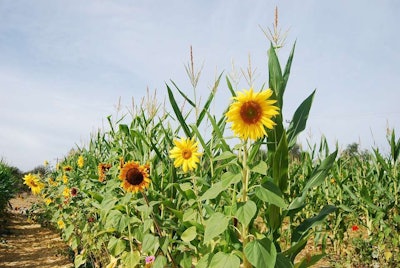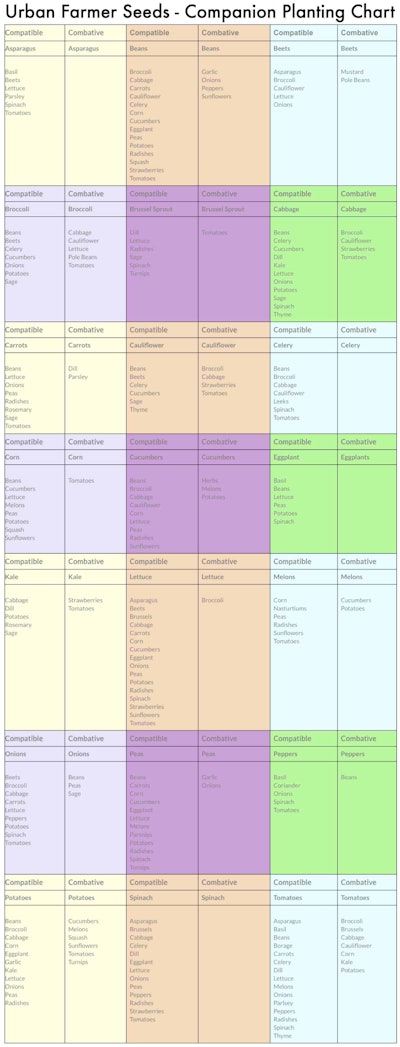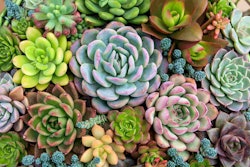 Tall plants, like corn and sunflowers, can offer support to lower-growing crops like cucumbers and peas. Photo: Max Pixel
Tall plants, like corn and sunflowers, can offer support to lower-growing crops like cucumbers and peas. Photo: Max PixelWith the edible plant and garden movement in full swing, customers may have a hankering for more vegetable options in their landscape.
When planting vegetables, it’s good to know which ones will grow together and complement each other, a practice commonly referred to as companion planting. Understanding the practice of companion planting can come in handy, as it helps you know which vegetables and flowers will support or inhibit the growth of other plants in your customer’s garden.
Some plants will attract beneficial insects, while other plants, such as herbs, can act as repellents. It’s also helpful to remember that plants that require the same nutrients as their neighbors can sometimes struggle to get enough, which can result in crops that are lackluster.
Take a look at some of the other benefits that accompany companion plantings.
Benefits
When looking at companion plants, putting large plants next to smaller ones can help in terms of providing shade. Tall plants, like corn and sunflowers, can offer support to lower-growing crops like cucumbers and peas.
The health of plants can also be improved when one plant absorbs particular substances from the soil, thus altering the biochemistry of the soil in favor of neighboring plants.
Plants such as peas and beans help produce more nitrogen, and some with longer taproots are able to bring up nutrients from deep within the soil. This can help further enrich the topsoil, which will benefit plants with more shallow roots.
Sprawling crops like potatoes can be planted alongside upright plants to help minimize open areas, which is typically where weeds will take hold.
Popular and incompatible pairings
The numerous options that accompany companion planting can go on and on, but we’ll take a look at a few of the most popular pairings.
Herbs such as dill and basil will emit a strong odor, which can act as a repellent for insects. With this in mind, planting them beside tomatoes can help stave off tomato hornworms and other pests. Planting sage beside cabbages can also help keep cabbage moths at bay.
For a more extensive list of which pairings work well together, click here.
For every pairing that seems perfect, there are always those that just don’t work at all. Plants that don’t work well together are commonly referred to as combatants.
For example, onion and white garlic can act as repellents to numerous pests, and they do work well with a majority of garden varieties. However, when planted next to beans and peas, the growth of said beans and peas can be stunted.
When planted next to sunflowers, the growth of beans and potatoes can become poor, and even though cabbage and cauliflower are related closely, they just don’t jive when planted together.
The key to perfecting companion planting is to observe carefully. If it helps for later plantings, take notes throughout the season of what pairings did well and which ones need to be rethought.
For a more in-depth look at pairings, check out this chart from Urban Farmer.
 Photo: Urban Farmer
Photo: Urban Farmer









